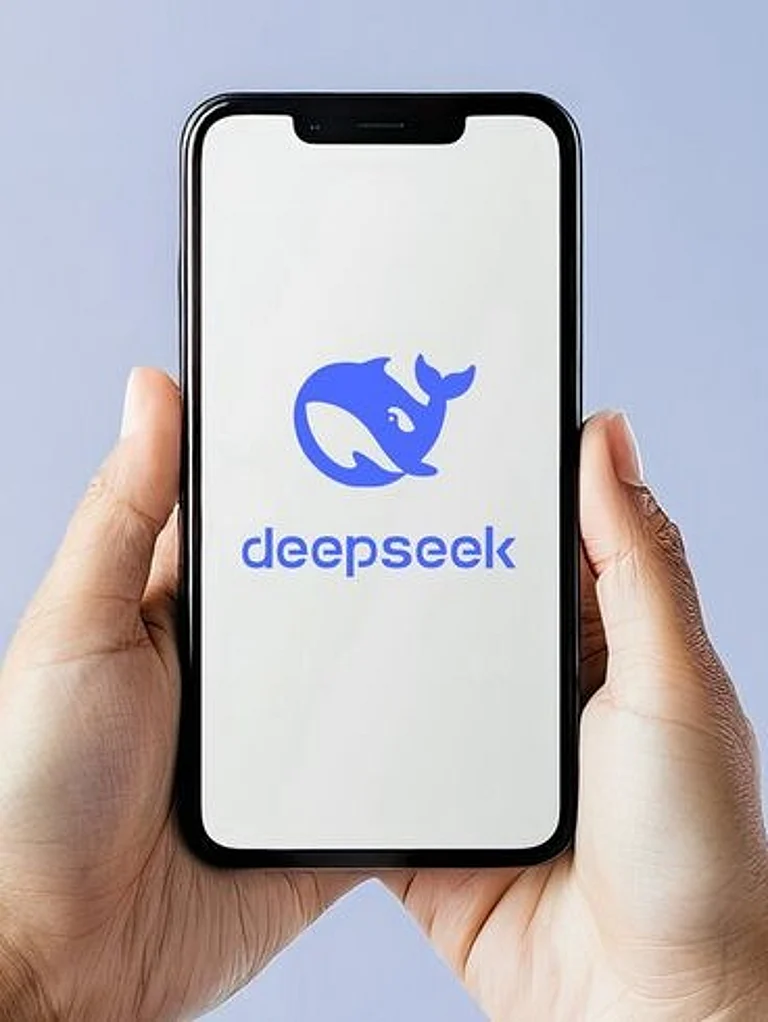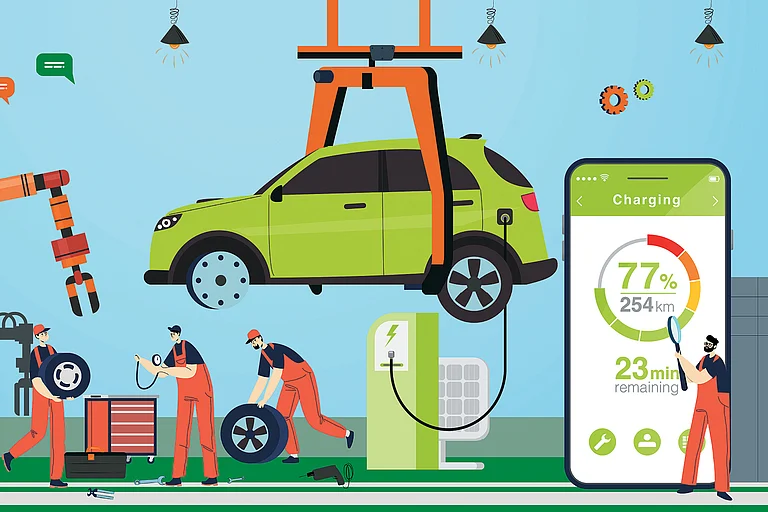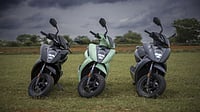
OpenAI launches open-weight reasoning models gpt-oss-120b and gpt-oss-20b
Models run on consumer hardware: single NVIDIA GPU or 16 GB-RAM laptop
First OpenAI open-weight models listed on AWS Bedrock generative AI marketplace
Codeforces scores of 2622 (120b) and 2516 (20b); 49% hallucination rate
OpenAI on Tuesday unveiled two open-weight language models designed to deliver advanced reasoning capabilities on consumer hardware. The gpt-oss-120b and gpt-oss-20b models can run respectively on a single NVIDIA GPU or a standard 16 GB‑RAM laptop, matching performance levels of OpenAI’s proprietary “o-series” reasoning models.
In a first for the company, OpenAI’s open-weight models are now listed on Amazon Web Services’ Bedrock generative AI marketplace. “These models will serve as strong open-weight options for customers,” said Atul Deo, director of product for AWS Bedrock, noting it marks the inaugural inclusion of an OpenAI model on the platform.
Open-Weight vs Open-Source
Unlike fully open-source offerings that publish code, training data and methodologies, open-weight models share only the trained parameters or weights.
This allows developers to fine-tune and deploy the models behind their own firewalls without access to the original datasets. “One of the things unique about open models is that people can run them locally,” said OpenAI co-founder Greg Brockman, emphasising the privacy and infrastructure-control benefits.
Benchmark Performance
OpenAI reports that gpt-oss-120b and gpt-oss-20b achieved Codeforces scores of 2622 and 2516, surpassing DeepSeek’s top model but trailing its closed “o3” and “o4-mini” series. On the proprietary Humanity’s Last Exam they scored 19 percent and 17.3 percent respectively, outperforming rival open models. However, they exhibit higher hallucination rates, 49 percent for the 120 billion-parameter variant, compared with 36 percent for o4-mini, reflecting the trade-off between openness and accuracy.
Both models leverage mixture-of-experts (MoE) architectures and high-compute reinforcement learning to activate a fraction of their total parameters per query, boosting efficiency. They support chaining to OpenAI’s closed models for specialised tasks such as image or audio processing but remain text-only. OpenAI has withheld training data to mitigate copyright and safety concerns.
Permissive Licensing
Released under the Apache 2.0 licence, the models allow free commercial use without royalties. OpenAI delayed their launch to conduct safety audits, including third-party evaluations of misuse potential. While a slight uptick in biological risk was noted, the company found no pathway for the open-weight models to reach “high capability” danger thresholds even after fine-tuning.
By open-sourcing these weights, OpenAI aims both to curry favour with developers demanding transparency and to align with US policy calls for democratised AI. The move positions the company to compete more directly with global open-model providers while retaining its lucrative API-access business for advanced closed models.
































